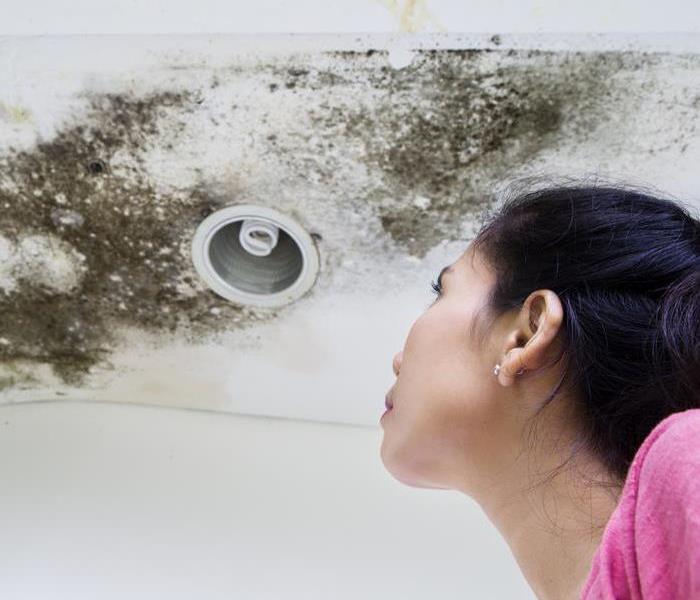Preventing Attic Mold
7/16/2021 (Permalink)
Anywhere in your home with moist, warm air is an ideal environment for mold to grow. For some of us, moist, warm air can be found in our attics. And unfortunately, many of us rarely, if ever, go up in our attics, so any problems can go unchecked for long periods of time. It’s important to check your attic periodically for common causes of attic mold.
Anything that introduces water or moisture to your attic can be a problem. Things like:
1) Leaking Roof - Sometimes a roof leak is bad enough that water leaks into the floors below and becomes immediately apparent. However often the leak is small enough to cause attic mold, without being apparent in the living spaces of the home.
2) Dryer Vents, Plumbing Vents, and Kitchen or Bathroom Fans vented in to the attic - This practice can pump warm, moist air into the attic where it can be trapped and begin the cycle of mold growth. It is always best to vent these items outside of the home.
3) Missing or Improperly Installed Insulation - Missing or improper installation of the wrong kind of insulation can cause problems in multiple ways. Moisture from the lower levels of the home can rise and get trapped in the attic. Additionally, it can create moisture or condensation in your attic. Think of your attic like a cold glass of ice water outside on a hot summer day. The water is a much lower temperature than the air around it and condensation develops on the glass. If there is missing or improperly installed insulation, this same principle can apply when your home is air conditioned to 70 degrees, but your attic temperature is 99 degrees. Lastly, missing or improperly installed insulation can lead to number four……
4) Ice Damming – An ice dam is a ridge of ice that forms at the edge of a roof and prevents melting snow (water) from draining off the roof. The water that backs up behind the dam can leak into your home and cause damage to walls, ceilings, insulation, and create a perfect environment for mold growth. It’s important before winter to clean your gutters so that winter’s melting snow and rain can properly drain off your roof. Additionally, improper insulation can contribute to ice damming by allowing warm air from inside your home to escape into the attic.
5) Inadequate Ventilation - It seems counter-intuitive, but the basic ventilation principal for your attic is to keep it as cool as possible during the cold season. Pay attention to your roof after snow storms. If you look at your roof several days after a snow and you see an even distribution covering your roof, that’s a good sign that your attic is properly ventilated. If on the other hand, you see sections where snow has melted, that suggests an area in the attic where warm air has been trapped instead of being properly vented to the exterior. Make sure your soffit vents are clear and free of things like debris, bird’s nests and insulation.
6) Water Heaters or Furnaces installed in the attic - While not a common practice in Wisconsin, sometimes homes without a basement will have water heaters or furnaces in the attic. You may also see this practice in larger homes with several heating and cooling zones, as well as spa style bathrooms with a huge soaking tub, where it is common practice to have designated systems to support these luxuries. Unfortunately, this practice can contribute to adding moisture to your attic and contribute to mold growth if there are any leaks from these items.






 24/7 Emergency Service
24/7 Emergency Service
